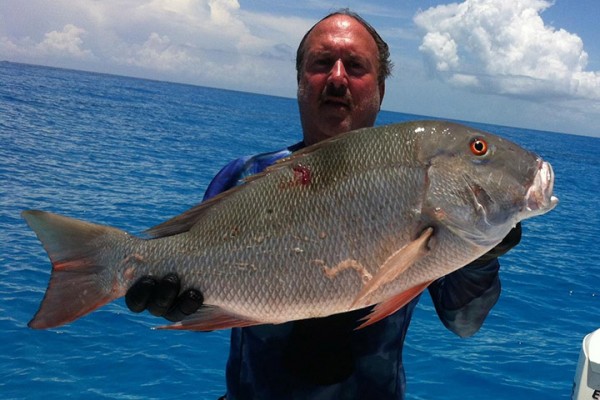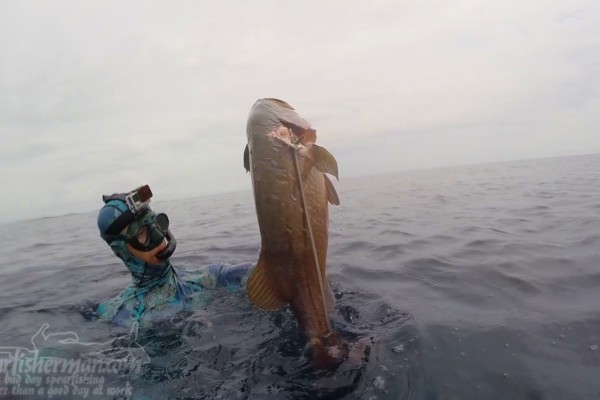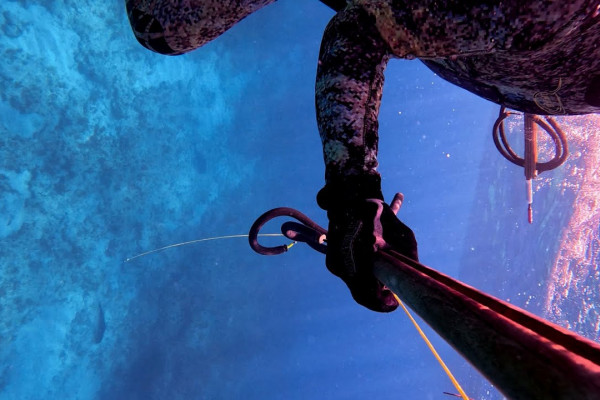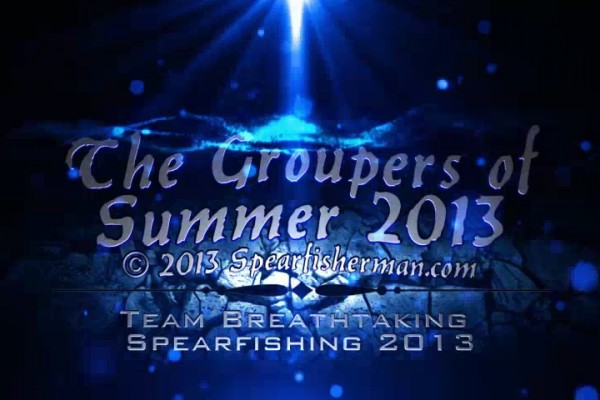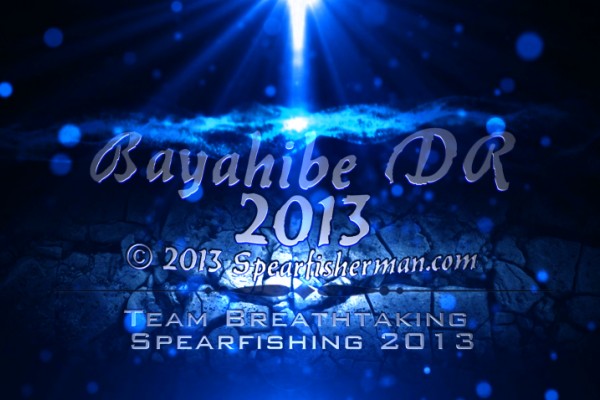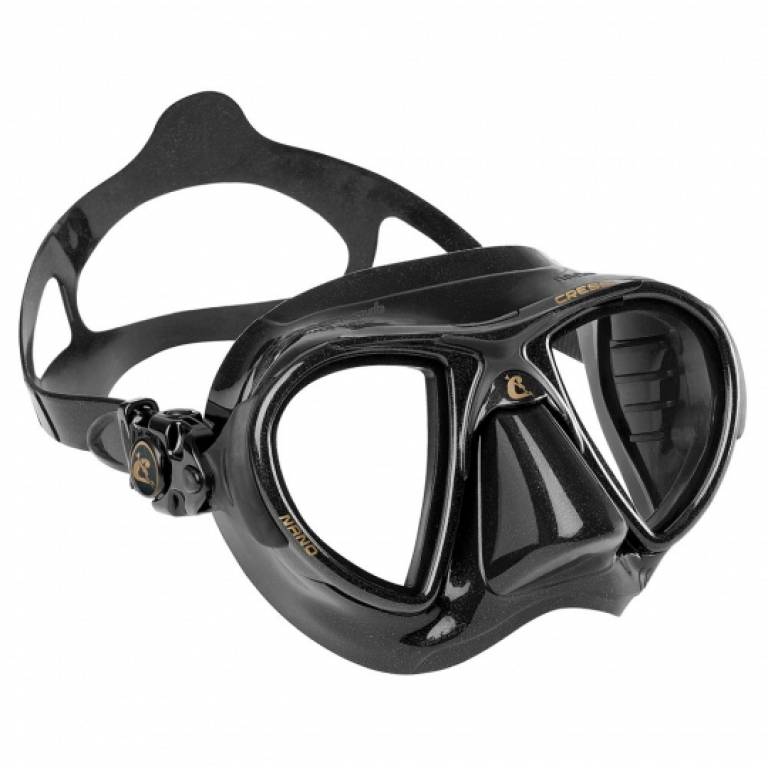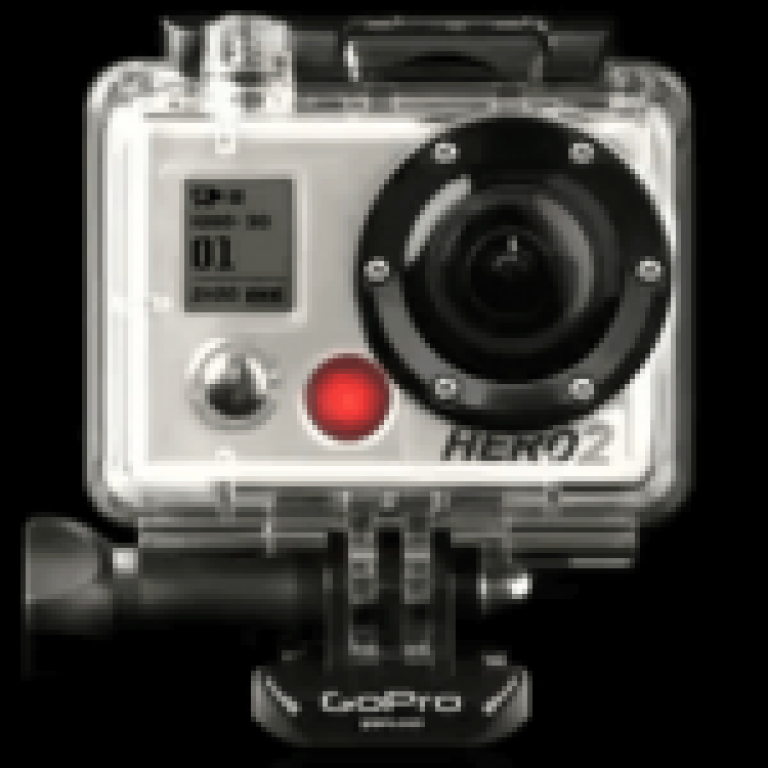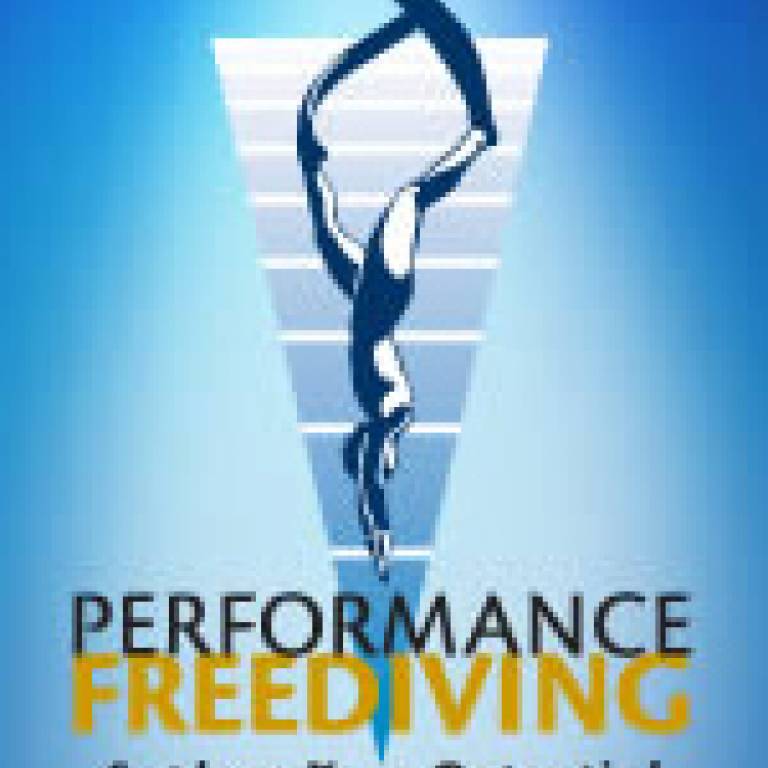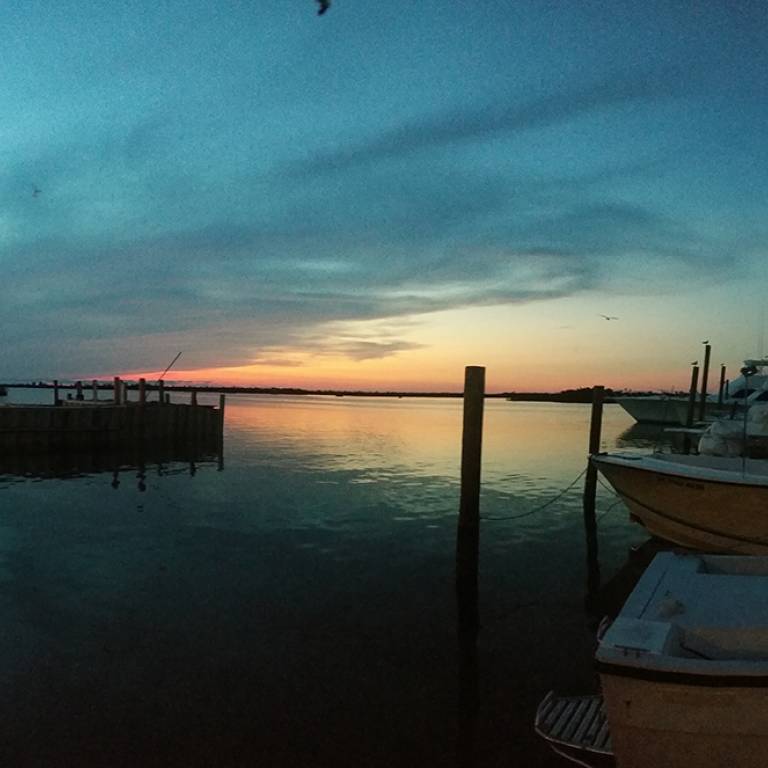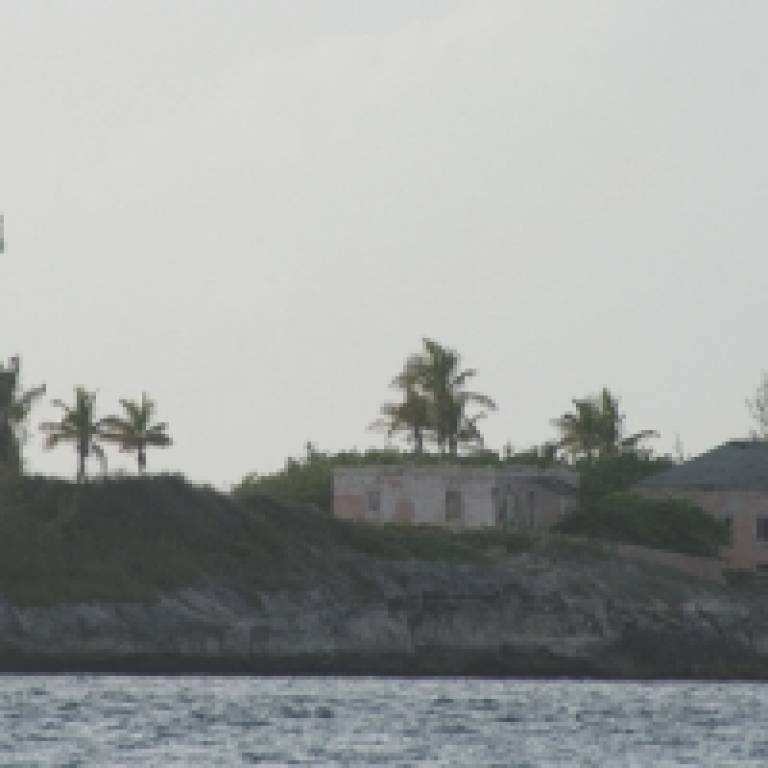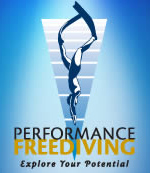 Back in March of 2010 I enrolled in and completed the FII Level One freediving course. I was extremely happy with the course content and the outcome (check out the SpearView). Unfortunately for me, I'm not a professional freediver, so as with many people, life gets in the way and complicated which in turn keeps you from building a true regimen that reinforces all the good behavior learned in the course. Needless to say, I forgot some of the basics, fell back into many of my old bad habits and my diving suffered as a result. I had been considering taking a refresher course for more than a year but hadn't had a chance to commit to it (like I said, life... complicated). Luckily for me, my wife is a Living Social member and a coupon came up in December for a super low rate on the comparable Freediver Level Course from Performance Freediving (PFI) being conducted at a local dive shop (Vortex Freediving), so my Christmas stocking was lined with a coupon for the class.
Back in March of 2010 I enrolled in and completed the FII Level One freediving course. I was extremely happy with the course content and the outcome (check out the SpearView). Unfortunately for me, I'm not a professional freediver, so as with many people, life gets in the way and complicated which in turn keeps you from building a true regimen that reinforces all the good behavior learned in the course. Needless to say, I forgot some of the basics, fell back into many of my old bad habits and my diving suffered as a result. I had been considering taking a refresher course for more than a year but hadn't had a chance to commit to it (like I said, life... complicated). Luckily for me, my wife is a Living Social member and a coupon came up in December for a super low rate on the comparable Freediver Level Course from Performance Freediving (PFI) being conducted at a local dive shop (Vortex Freediving), so my Christmas stocking was lined with a coupon for the class.
Once enrolled, I tried to recruit friends and family that might be interested in taking the class (either again or for the first time) but was only successful in two cases (which kept me from that magical 3rd referral that would have gotten me mine for free :( ). The first, my brother in law (who had also taken the FII course with me) and our nephew (who dives with us whenever the opportunity presents itself). We scheduled the class for the weekend of March 16-17, sat back and (im)patiently waited for that weekend which finally arrived this past weekend.
The course format is a two day mixture of classroom, pool and open water exercises that teach everything from basic safety to rescue and revival as well as physiology and anatomy, explaining what your body goes through when practicing this great activity. I had every expectation of the course content being similar between the two schools since they had originally started as one until Martin Stepanek decided to begin his own instruction institution in FII, but still hoped that a different perspective on the same sport would still be valuable (spoiler alert... I wasn't disappointed).
Obviously, the physiological portion of the program was extremely similar (let's face it, Boyle's Law is Boyle's Law - if you don't know what that is, you should enroll...) but I was very glad to find that there were differences. Specifically, there were subtle but significant differences in some of the breathing instruction and techniques used to prepare for a breath hold (whether static or dynamic). The first day of the course has classroom in the morning, a pool session in the early afternoon and a final classroom session to review the material and happenings from the day's teachings. The class room portion of the course was interesting and quickly paced (and I feel that's saying something since I had already taken a comparable course). Vortex keeps their class sizes to a great ratio of 4 or 5 to 1 allowing for a fair amount of flexibility which lends itself to plenty of interaction between instructor and student. There were plenty of opportunities for discussion and even some war stories (which everyone invariably has) between the instructor and the students. The freediving community while growing quickly, is still relatively small and it's common (and refreshing) to find how many of the same people we know in common as you meet more and more people in the sport.
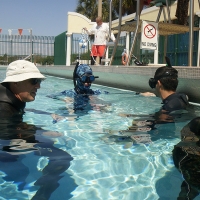 Since my diving performance had been suffering from lowered breath hold times and decreased bottom times, I tried to temper my expectations of my performance in the static apnea portion of the class. I had achieved a 3:15 breath hold in the FII course but didn't feel that I would be capable of getting to the same mark this time, given my recent experiences while diving. I was pleased to find that the effectively explained breathe-up technique had me feeling pretty good at the 2:00 mark and when we did the 3:00 breath hold, that final tap on my shoulder actually felt like it came too soon because I wasn't even feeling the twinges of the urge to breathe and I feel confident that another 30-45 seconds were easily attainable for me. This class however does not go beyond the 3:00 mark for static apnea and I unfortunately wasn't going to get the chance to prove it to myself at that time, but I left feeling pretty good about the exercise. Our instructor's calm and even tone directing each of us in turn to relax every muscle in our bodies was in my opinion very conducive to my great experience and as a result, I was able to focus on parts of my body I hadn't even realized I was tensing or clenching (from my eyelids to my jaw and shoulders) in order relax them for the exercise. After this (and a quick bite), it was back to the class to review and continue with more material.
Since my diving performance had been suffering from lowered breath hold times and decreased bottom times, I tried to temper my expectations of my performance in the static apnea portion of the class. I had achieved a 3:15 breath hold in the FII course but didn't feel that I would be capable of getting to the same mark this time, given my recent experiences while diving. I was pleased to find that the effectively explained breathe-up technique had me feeling pretty good at the 2:00 mark and when we did the 3:00 breath hold, that final tap on my shoulder actually felt like it came too soon because I wasn't even feeling the twinges of the urge to breathe and I feel confident that another 30-45 seconds were easily attainable for me. This class however does not go beyond the 3:00 mark for static apnea and I unfortunately wasn't going to get the chance to prove it to myself at that time, but I left feeling pretty good about the exercise. Our instructor's calm and even tone directing each of us in turn to relax every muscle in our bodies was in my opinion very conducive to my great experience and as a result, I was able to focus on parts of my body I hadn't even realized I was tensing or clenching (from my eyelids to my jaw and shoulders) in order relax them for the exercise. After this (and a quick bite), it was back to the class to review and continue with more material.
As I mentioned previously, the day was long but proceeded at a brisk pace which definitely allowed us to cover all the material in the allotted time.
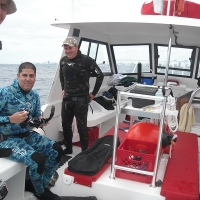
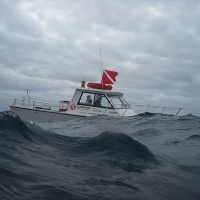 Day 2 we met at the dock in Aventura where a very new, very well setup dive boat (Latitude 305 Charters - 305-469-0708) was waiting to take us out to the open ocean portion of our program. The forecast had called for 0-1' waves with swells from the NE and wind from the SW up to 10kts. If all those pieces had actually fallen into place, by all rights, it should have been a picture perfect flat calm day for us to do our safety, rescue and diving drills... but alas t'was not to be. The forecast was, well... we'll call it inaccurate. We headed out into about 300' and stopped while the buoys and dive rig was setup in the water. Once setup, we entered the water one by one and headed over to the dive rig.
Day 2 we met at the dock in Aventura where a very new, very well setup dive boat (Latitude 305 Charters - 305-469-0708) was waiting to take us out to the open ocean portion of our program. The forecast had called for 0-1' waves with swells from the NE and wind from the SW up to 10kts. If all those pieces had actually fallen into place, by all rights, it should have been a picture perfect flat calm day for us to do our safety, rescue and diving drills... but alas t'was not to be. The forecast was, well... we'll call it inaccurate. We headed out into about 300' and stopped while the buoys and dive rig was setup in the water. Once setup, we entered the water one by one and headed over to the dive rig.
The process here was very meticulous. First things first. Make sure everyone is weighted correctly. So we each do pull downs to 5 and then 10 meters to verify our buoyancy at those depths to make sure we're not overweighted. Once all our weights have been verified, it's whole lot of warm up dives to get us to 15 meters. This let's everyone warm up at a nice even pace to make sure no one has equalization issues (or at least make the best attempt at avoiding them) as well as allowing the instructor to critique each drop hopefully getting us to improve or perfect our next drop. The other thing I got from this process was that dives shouldn't be rushed. Way too many times do we dive over and over again without the proper rest and breathe up in between (usually in pursuit of a fish). But it really is important and I feel it helped me as I was very calm by the time we reached 15 meters. So calm in fact that the instructor wanted to make sure I wasn't having any equalization issues because I was taking a long time to make the round trip to the plate at the bottom of the rig. You see, I suffer from something that apparently isn't very common in freedivers, reverse block, which we had discussed in the class on day 1.
For those that don't know (and quickly described), reverse block is when you are unable to release the pressure you have built up in your Eustachian tubes and inner ear from equalizing during descent, when you're ascending (that's right, when you're going up). For scuba divers it's not usually too bad because they can hang out as long as they have air to try and clear the pressure, but freedivers have to come up regardless of the issue. So because of this problem, I usually ascend at a much slower rate than most divers, trying to make sure I have ample time and opportunity to clear the built up pressure in my inner ear from equalization. I've gone deaf three times in one ear and suffered temporary partial facial paralysis from this condition and have about 50% permanent hearing loss in that one ear, so I tend to take it seriously (and so should you).
So after numerous dives to 15 meters with meticulous instruction given after each one, we finally drop the plate to 20 meters after taking a break back on the boat to re-hydrate and have a snack to recharge our batteries, not to mention warm up a little because the water was 72F (which for Floridians is COLD) and after a few hours even the 3mm open cell suits most of us were wearing was letting us get a little chill. The water wasn't as clear as we would have liked so the plate disappeared from view when it was dropped the last 5 meters to it's 20 meter target depth. No big deal, just breathe up, spit out your snorkel, bend at your waist, perform a flawless one legged entry, keep your chin tucked while keeping one arm extended over your head and the other hand on your nose to equalize (early and often) not forgetting to keep that elbow tucked in to stay as hydrodynamic as possible, make your fin strokes long and smooth, keep your eyes on the line and making sure to start slowing down when you see the candy stripes on the line letting you know you're within 2 meters of the plate, touch the plate, turn around place your arms over your head, keep your fin kicks long and smooth, drop your arms at 10 meters to help you with your ascent, start exhaling before the surface and remember to do your proper recovery breaths and give your safety diver the "ok" symbol... (Whew!). Piece of cake.
After our numerous dives, we perform mock rescues on the instructor to demonstrate our grasp of the rescue and revival techniques we were taught in class. I'm very glad to say that the instructor survived :D. At the end of the day, there's a great feeling of accomplishment and enlightenment when you realize what you've accomplished while using only the air in your lungs. This class (like the FII version) is something every freediver needs to take, even if they're not looking to go deeper. The safety, rescue and revival techniques you learn in these classes are invaluable and could easily save the life of someone you know or love if you're diving with them. As I mentioned, this was my second time taking a comparable class and I still learned a number of things (that I hope to remember this time) and I would gladly do it again. The class is run professionally and makes you feel like you can do everything they teach and as a result, most people do.




